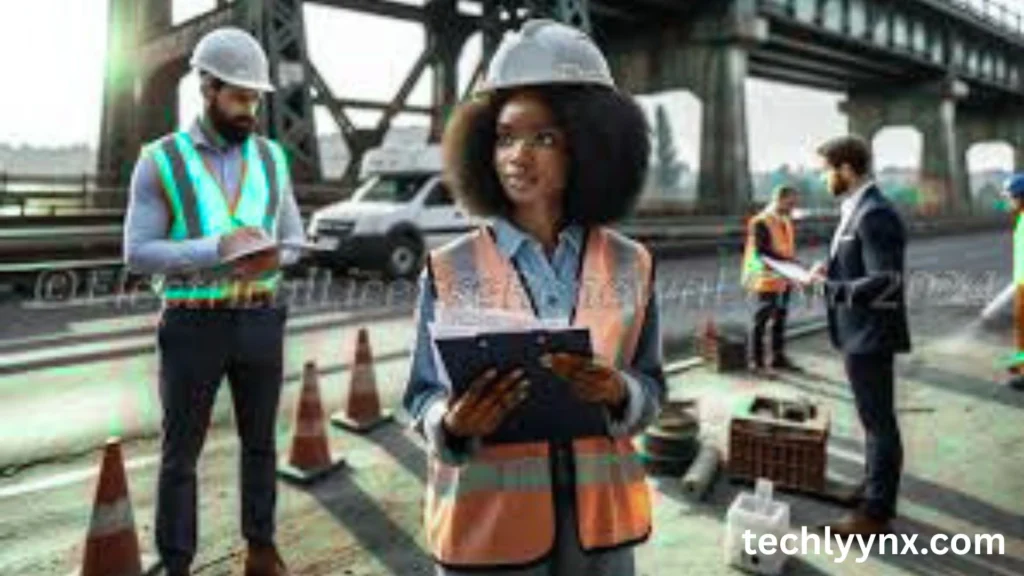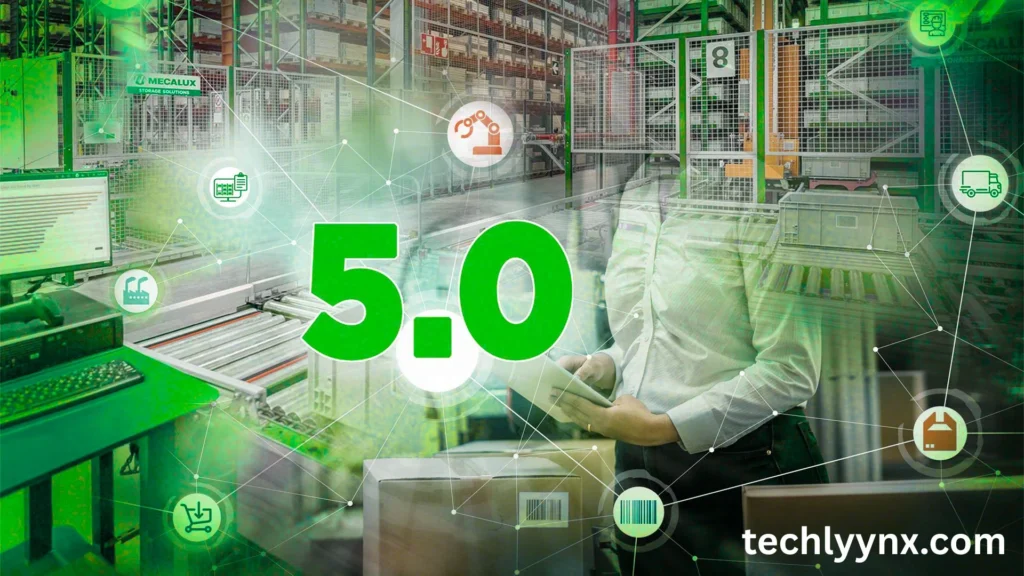Engineering has always been about solving problems and building a better world. But the way we approach those problems is changing fast. From steam engines to space shuttles, every generation of engineering has pushed the limits of what’s possible. Now, we’re entering a new chapter: Engineering 5.0—an era that blends cutting-edge technology with human values, sustainability, and empathy.
Engineering 5.0 From Automation to Augmentation

We grew fixated with automation in the era of Industry 4.0—algorithms making choices, robots performing repetitive tasks, and machines taking the place of humans. Unquestionably, that increased productivity, but it also brought up issues with ethical responsibility, job displacement, and dehumanization.
The situation is reversed in Engineering 5.0. The goal is to enhance human capabilities rather than replace them. These days, engineers are creating systems that empower people—interfaces that make complicated technology approachable for everybody, robotics that help rather than control, and AI that works together. Making the engineer smarter, safer, and more efficient is the goal, not replacing them.
Human-Centered Design at the Core

The days of engineers building solely for performance are long gone. Human needs and experiences are paramount in this new era. Empathy is now a fundamental engineering talent, whether it is used in the design of a city, a wearable medical gadget, or industrial machinery.
Cross-disciplinary collaboration is encouraged by Engineering 5.0, where engineers collaborate with sociologists, psychologists, artists, and designers to create products that are not only useful but also enjoyable to use and fit into people’s life.
Consider assistive technology for senior citizens. These days, dignity, comfort, and usability are more important than just sensors and code. That mentality change is potent.
Sustainability Isn’t Optional Anymore after Engineering 5.0

Sustainability was long viewed as an extra, a “nice to have” if funds and time permitted. That is entirely changed by Engineering 5.0. Eco-friendly solutions are now the first, not the last, consideration.
The profound realization that time is running out for the world is what is causing this change. Engineering is now more than just fixing technical issues; it’s also about conserving resources, safeguarding the environment, and developing long-term solutions.
Engineers are rethinking every stage of the design process to minimize waste, decrease emissions, and emphasize renewables, from net-zero building designs to circular economy models in manufacturing. It’s a necessary and exciting growth.
Digital Twins, Real Impact
Digital twins, which are virtual representations of physical systems that may be utilized for monitoring, prediction, and simulation, are among the most interesting tools in Engineering 5.0. These are useful game-changers, not just fancy devices.
Consider a wind turbine that uses its digital counterpart to adjust its own behavior for optimal efficiency or a city water system that anticipates leaks before they occur. By using these tools, engineers can save time, money, and energy by testing in a virtual environment before acting in the actual one.
Even more astounding is the fact that digital twins are being utilized in smart city planning, healthcare, and transportation in addition to factories and machinery. The practical uses are only getting started.
Engineers as Ethical Decision-Makers

The ethical concerns become increasingly pressing when technologies like AI, biotechnology, and autonomous systems advance in strength. When an AI makes a biased choice, who bears the blame? What happens if entire job sectors are eliminated by automation? Are biological forms patentable?
A new type of engineer is required by Engineering 5.0, one who is equally at ease discussing values, society, and justice as they are using equations and diagrams. Leading engineering schools are teaching ethical frameworks, and businesses are creating advisory boards to help them handle these problems more carefully.
Engineers today are more than just problem solvers. They are moral beings influencing humankind’s future.
The Rise of Empathetic Innovation

The fact that Engineering 5.0 brings technology back to what really matters—people—may be its most inspiring feature. This goes beyond simply machines and materials. Its goals are to lessen suffering, enhance people’s lives, and ensure that no one is left behind in the race to the future.
Today’s top engineers are motivated by empathy and inclusivity, whether they are developing accessible public transit, making prosthetics out of recycled materials, or developing clean energy solutions for rural populations.
More women, voices from marginalized populations. Global viewpoints are all part of the expanding drive to increase diversity in the engineering field. Because the world is better for more people when more people are active in its design.
A New Kind of Engineer for a New Kind of World
Engineering 5.0 is not a buzzword—it’s a mindset shift. It’s about technology that enhances life, not just efficiency. It’s about innovation rooted in compassion, sustainability, and social responsibility.
This new wave invites engineers to be storytellers, ethicists, artists, and community leaders. It challenges them to think beyond equations and blueprints, and ask: “Who are we building this for? And what kind of future are we shaping?”
As we move forward, the most impactful engineers won’t just be the most technically skilled. They’ll be the ones who bring heart to the equation.

